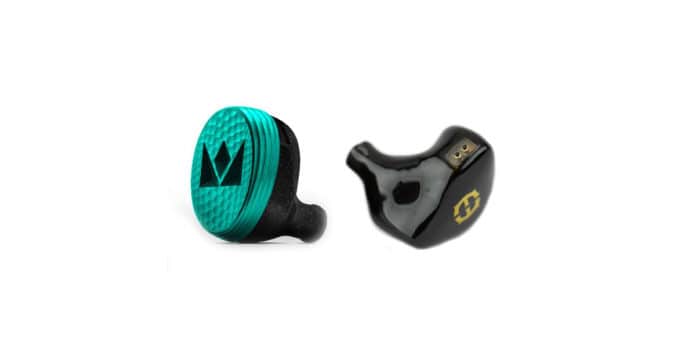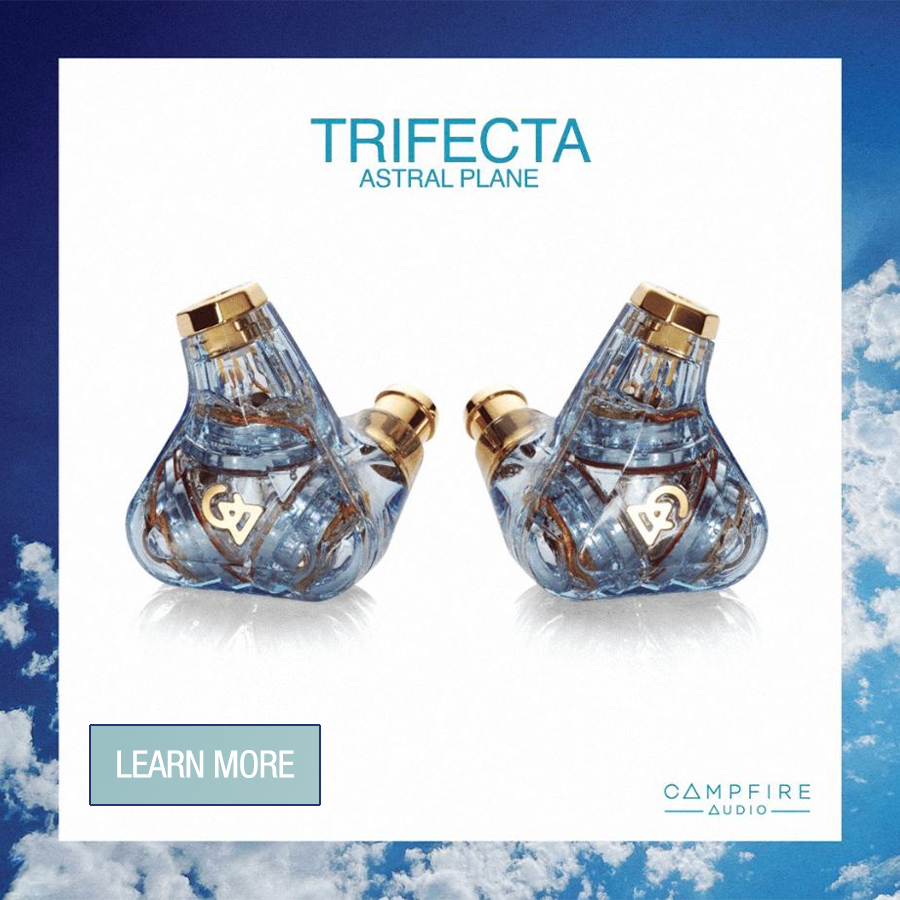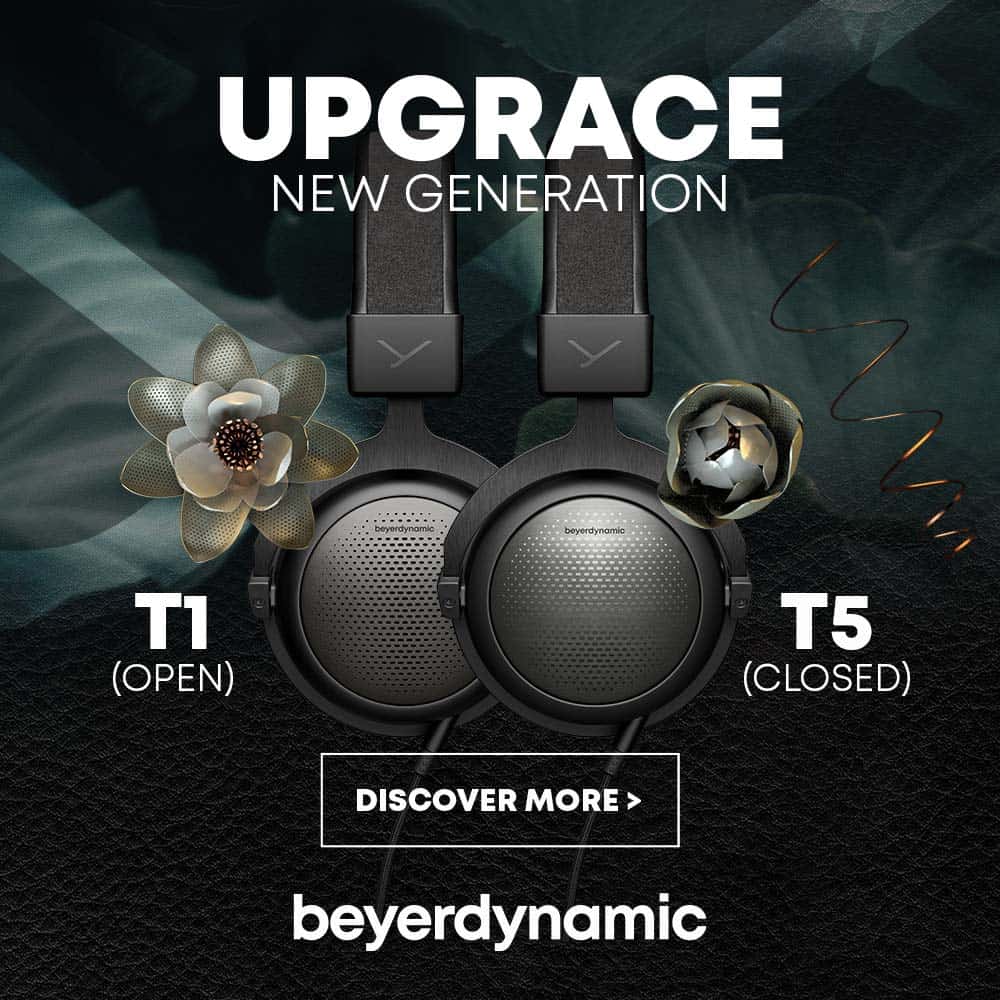Empire Ears and Noble Audio have brought us plenty of great universal-fit in-ear monitors. Both names bring with them great expectations of quality and individual sound signatures. When putting Noble’s $699 Dulce Bass against Empire’s $599 Bravado, it’s clear that there is more than one way to serve a bass-tuned IEM. But the question I ask you today: is there a right way?

FIT
I’ve had some trouble in the past with Noble Audio in the fitting department. There’s something about their housing size and nozzle length that has made finding a proper seal a challenge. I can usually work around this issue by using foam tips, but I would prefer to use silicon. The Dulce Bass does not give me such grief. The cable comes out of the casing in a fixed way to wrap around the ear, and I found the fit firm and functional. That stiff part of the cable is also bendable, so you can modify them a bit to the shape of your ear. I still have to admit that I’ve found better fits elsewhere, but I can make the Dulce Bass work for me easily.
The Bravados on the other hand, fit me just the same as any other Empire universal. They are a little on the hefty side, but the fit is secure.
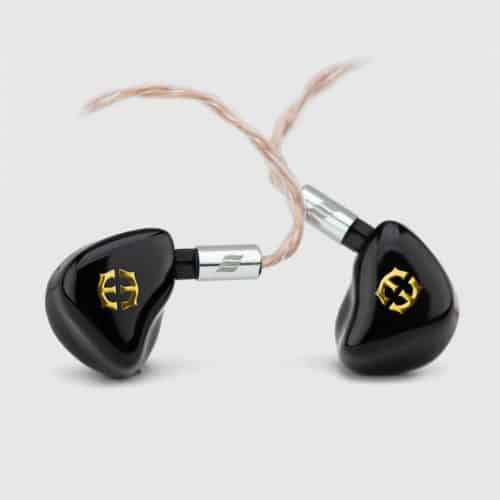
DESIGN
The Dulce Bass contains five balanced armature drivers. Its casing is similar to the other universal fit IEMS in the Noble lineup. They feature a turquoise aluminum faceplate imprinted with the Noble logo. The other half of the casing is dark-grey or almost-black with some sparkles in it. And yes, just like the other Nobles, they are gorgeous. They use a two-pin connector for signal input. Their braided detachable cable doesn’t feel big, beefy, and bulletproof. But despite it’s thin, lightweight construction, it doesn’t feel cheap or fragile. It terminates as a straight 3.5mm jack.
The Empire Ears Bravado only has two drivers in it, but its shaped about the exact same as the rest of the universal models. One of the drivers is a larger dynamic driver, and there are three tiny holes on the shell to allow it to release air. Empire goes heavy on their pseudo-custom design and makes them as generally ear shaped as possible despite their large appearance.
The Bravados are plain black with the Empire Ears double-E logo on them. They also use a 2-pin connector with a bit of memory wire that wraps around the ear. There is a small metal sleeve that hugs the part of the cable that attaches to the IEM. All universals from Empire include a bag of Final Audio E Type tips in 5 sizes (extra small to extra large), which are some of the best silicon tips on the market.
SOUND
The Dulce Bass and Bravado are both all about that bass. But for two headphones that are after the same thing, they are absolutely nothing alike.
In this review, I’m going to give the low end a little extra attention.
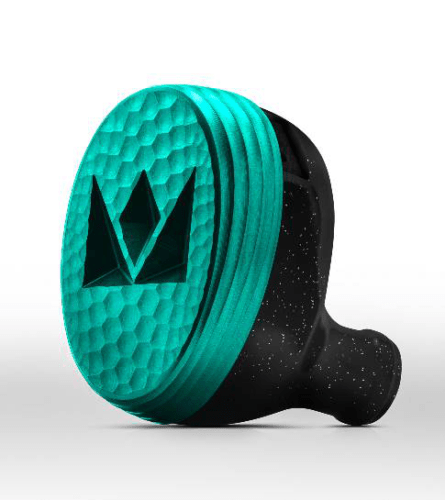
Lows Part One: Da Dulce
I’ve read plenty of reviews that disagree with the Dulce being a basshead’s IEM. Most people I’ve talked to wanna just claim that it simply leans warm. I also know the audiophile community and they probably just loved the opportunity to say something controversial about a $700 IEM with the word “bass” in its name. These are bottom heavy. Due to their name having the word “Bass” in it, I think some reviewers expected to hear everything north of 1 kHz shelved out.
The way they actually sound is fair. The low frequencies that are emphasized just don’t reach as deep into the sub region as one might expect. There is a hint of sub-bass in the sound of the Dulce Bass, but its roughly a 80-300 Hz low and lower mid-range that gets the attention. Your bass-range instruments and kick drums are tastefully pushed into the spotlight in a way that doesn’t offset anything. It’s easy to see how they earned the name “Dulce”. This low end is sweet, smooth, and creamy.
Lows Part Two: Bravado
Deep in the forgotten catacombs of human hearing, in the very depths of the frequency spectrum of human hearing, lies the bass of the Empire Ears Bravado. In this IEM you’ll hear a sub like no other in its price range, thanks to Empire’s W9 sub-woofer. The W9 driver is featured in other models of headphones from Empire, just not quite in the same way.
The regular low end is placed modestly with a nice accurate sense of neutrality. What Empire is doing with these in-ears is just celebrating a range that is typically absent from your average IEM. If you listen to electronic music (I do) you’ll appreciate the impact of this extension. They give you a nice view of the 20-50hz range in your music. Basically, if the artists you listen to put extra care mixing the rumble range, the Bravado is for you.
Mids
The Dulce Bass delivers much more than its adversary in this matchup. They have a nice, present middlezone with extra emphasis on the lower region. The lower content of your vocals (especially male singers) and piano jumps right out at you on the Dulce-B. Your 1 to 2 kHz frequencies are less emphasized but not forgotten.
The Bravado is less interested in the mids. Most middle content related to vocals is left slightly behind to push the heavy sub bass in these specialized universals. There’s something really cool about the way Empire pulls off this shameless dip of the frequency spectrum. If these IEMs existed in 2008 you would have caught the Bravados proudly wearing a deep V-Neck T-shirt, smoking a cigarette outside of a Justice concert.
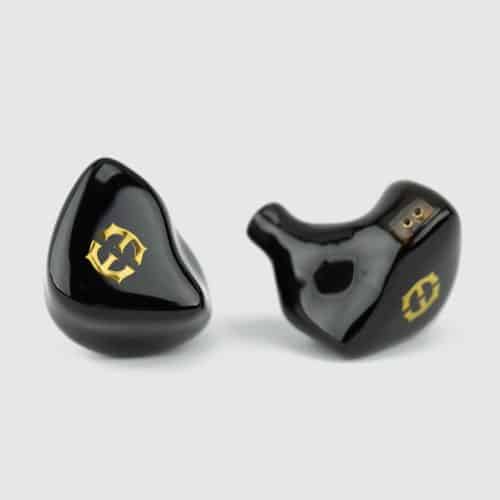
Highs
This is not where the Dulce specializes, especially in the low-high/high-mids. And yet, there is still no particular area of the Dulce Bass that feels undelivered. Some metallic and airy highs seem to have been given extra attention and they actually seem to contribute a nice dimension of space to an otherwise centralized sound space.
The Bravados actually have excellent clarity in their highs, which I found much easier to appreciate when listening at a higher volume. For a v-shaped IEM, the right side of the V is definitely lower than the left. Even so, there is excellent detail in this range. The highs work with the sub-lows to make the Bravado an exciting experience.
Soundstage
Neither In-Ear seems to have a massive sound stage …I think. I’m reluctant to call it soundstage, but there is an interesting spacial phenomenon that occurs with the the Bravado. With certain recordings, I noticed that the subterranean bass of the Bravados would come across as quite atmospheric in a way that I’ve only ever heard Empire accomplish.
The Noble generally has more full-range clarity and general detail, and isn’t reaching as much for staging. Noble may have avoided spectralizing specific freqency bands in order to craft a smoothly blended sound that lets the mix speak for itself. I see this as a style choice, and it doesn’t detract from the listening experience whatsoever.
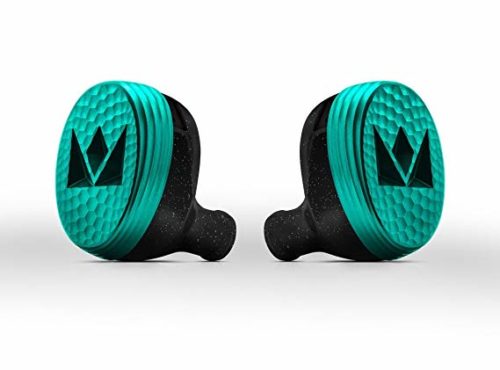
SUMMARY
Your decision doesn’t come down to what kind of sound you are looking for so much as what kind of bass you are looking for. If you are into hip hop, R&B, or any other low end heavy music where the vocals still need to be showcased, I’d call upon the Dulce Bass. If you listen to wild, alienating EDM, you’re gonna want the Bravados. If you don’t spend any time on SoundCloud, maybe neither are for you.
That was a joke. But really, I’m not gonna play favorites here. They do two different jobs, and they do them well. I can say that the $699 Dulce may have slightly more universal appeal, as the $599 Bravados are a little more of a specialty item due to their woof-age. They are both mighty in their own right, and you couldn’t go wrong either way.
Get the Noble Audio Dulce Bass for the best price here:
Audio46 (Get 10% off with the code “majorhifi”)
Get the Empire Ears Bravado for the best price here:
Audio46 (Get 10% off with the code “majorhifi”)
Compare the ranking of various headphones, earbuds and in-ear monitors using our tools.
Discuss this, and much more, over on our forum.
---MAJORHIFI may receive commissions from retail offers.


